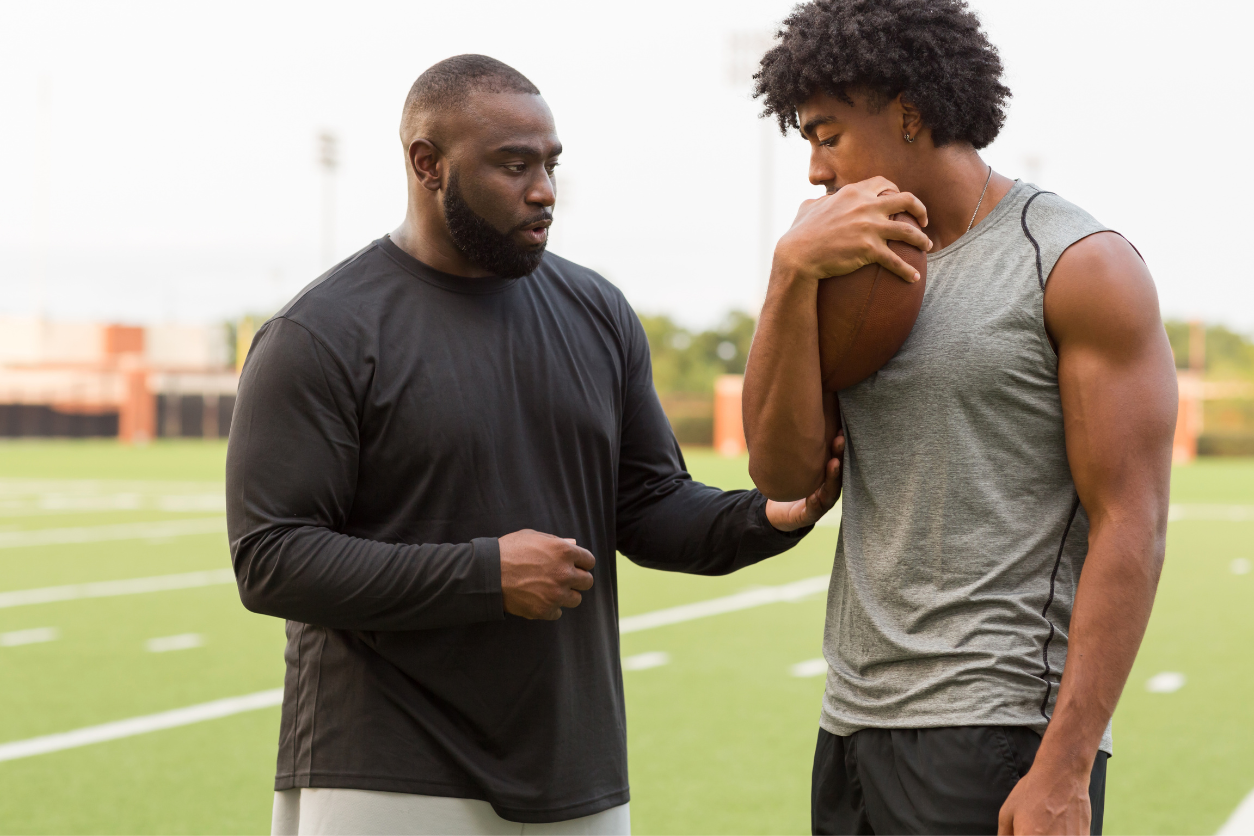In every recruiting cycle, there are student-athletes who don’t receive a scholarship offer and instead choose to walk on at a particular school. While choosing to walk on to a team when it seems everyone gets a scholarship may seem extreme, 46% of Division I athletes are walk-ons and, in Division II, 39% compete as walk-ons. And if, for whatever reason, you think you might end up as a walk-on, follow these tips to make the most of your opportunity.
Be Passionate
Competing at the next level without the benefit of an athletic scholarship means you have to be passionate about your sport. If you’re not sure you want to commit to your sport in college, then you definitely don’t want to walk on. That’s because, as a walk-on in college, you definitely will be competing for the love of the game without much return for your efforts.
Keep Your Grades Up
You may not have an athletic scholarship as a walk-on, but you are eligible for the same academic scholarships and financial aid as every other student. Better grades and higher entrance exam scores in high school will make you eligible for more academic scholarships in college. Remember that, in some cases, coaches work to stretch their partial scholarship budget and your eligibility for academic scholarships may make you more attractive as a walk-on candidate.
Network
In most cases, you’ll need a coach’s approval to walk on a team in some capacity. That’s why, even if you’re not highly recruited, it pays to develop relationships with college coaches. Remember that today’s assistant coach could be a head coach tomorrow. More coaches that are familiar with you and your abilities now could mean more opportunities to walk on later.
Don’t Get Complacent
As a walk-on, you can never be satisfied with just being on the team. If you believe you merited a scholarship offer or should be playing at a higher level, it’s your job to show the coaching staff what you have to offer every day. To do that, you have to do everything you can to help the team succeed, help your teammates grow and succeed, and show your leadership through your words and actions.
Understand Your Role
The biggest adjustment for many walk-ons is simply dealing with the reality of walking on. Understand that you may spend four years working your tail off for little or no playing time. Accept the fact that you may not dress or travel for every game. In other situations, you might be a vital part of the team who plays behind scholarship athletes. Being a walk-on or serving as a practice or scout team player is the price you pay to be on some teams. Ultimately, however, if you want to play a lot at some point in your college career, you may need to find an opportunity elsewhere.
Set Goals
Even if you follow the five tips above, if you’re going to walk on to a team in college, it’s still important to set goals for yourself. Do you want to prove to yourself that you could make the team? Do you want to prove to coaches that you can compete at a higher level? Do you want to ultimately earn a scholarship? Whatever goal you set, never give up on it and always keep working to achieve your goal.
Just because you weren’t recruited in high school doesn’t mean you can’t play in college. It may be at a lower-level, Division I school or it could be in DII, DII, the NAIA, or even a junior college. Keep working hard and never stop looking for an opportunity to achieve your goal.
Finally, remember that the transfer portal has been a game-changer for athletes in every sport. Keep an eye on the coaches and schools who might have opportunities. Proving yourself as a walk-on at one school could still turn into an opportunity for playing time at another school. Don’t give up and never say never. Though it may be a long shot, if you work hard enough as a walk-on, you could still end up with a scholarship.
Did you enjoy the article ‘Walk-On Advice That Works’? If so, check out more of our articles HERE.



